
When exploring a new country, learning the local language can make a world of difference in your travel experience. In the Netherlands, knowing how to say “hello” in Dutch isn’t just a linguistic skill—it’s a bridge to more meaningful interactions with the people you’ll meet along the way. As a native Dutch speaker, I’m excited to share some insider tips and cultural nuances to help you connect more deeply with the Dutch during your visit.
The Basics of Dutch Greetings
Hello and Hi in Dutch
The Dutch language has several ways to say hello, ranging from formal to informal greetings. The most common and versatile greeting is “Hallo,” which is suitable for most situations. It has a similar pronunciation to its English counterpart and can be used with friends, family, or strangers.
For a more casual approach, especially with friends and family, one can use “Hoi” or “Hey.” These informal greetings help create a friendly and approachable atmosphere. Young people and millennials sometimes use “yo” as a trendy way to greet each other.
Phrases in Dutch |
Translation |
Pronunciation |
|---|---|---|
| Goedemorgen | Good morning | khoo-duh-mor-ghen |
| Goedemiddag | Good afternoon | khoo-duh-mid-dakh |
| Goedenavond | Good evening | khoo-duh-aa-font |
| Hallo | Hello | hah-loh |
| Hoi | Hi | hoy |
| Dag | Bye (informal) | dakh |
| Tot ziens | See you later | toht zeens |
| Welterusten | Good night | vel-teh-rus-ten |
| Hoe gaat het? | How are you? | hoo khaat het |
| Dank je wel | Thank you | dank yuh vel |
Formal vs. Informal Greetings
In Dutch culture, the choice between formal and informal greetings depends on the context and the relationship between the speakers. For formal situations or when addressing strangers, it’s advisable to use “Goedendag,” which means “Good day.” This greeting is appropriate during daytime hours, from late morning until early evening.
Time-specific greetings are also common in Dutch:
- “Goedemorgen” (Good morning): Used until 11:59 AM
- “Goedemiddag” (Good afternoon): Used from 12 PM to 5:59 PM
- “Goedenavond” (Good evening): Used from 6 PM onwards
In formal contexts, it’s recommended to greet someone with “Goedendag, hoe gaat het met u?” (Good day, how are you?), using the formal “u” pronoun.
For informal situations, one can use “Hoi, hoe is ‘ie?” which is a shortened form of “Hoi, hoe is het?” (Hey, how are you?).
Responding to Greetings
When someone asks how you are in Dutch, it’s important to keep the response brief unless you know the person well. Here are some common responses:
- “Goed” (Fine)
- “Heel goed” (Very well)
- “Het gaat” (So-so)
- “Het gaat niet heel goed” (Not great)
- “Ik ben moe” (I’m tired)
- “Ik ben ziek” (I’m sick)
When greeting strangers or in more formal situations, it’s best to keep responses short and polite. A simple “Goed, dank u” (Fine, thank you) is often sufficient.
In Dutch culture, it’s important to remain measured in responses. Exaggeration and insincerity are generally frowned upon, so it’s best to be honest but not overly dramatic in your replies.
By mastering these basic Dutch greetings and responses, travelers can navigate social situations more confidently and connect more easily with Dutch speakers during their stay in the Netherlands.
Conclusion
To say “hello” in Dutch, you can use the word Hallo. This simple greeting is widely used in the Netherlands and is understood by everyone. Making an effort to use basic Dutch phrases like this, even if your pronunciation isn’t perfect, is often appreciated by locals and can lead to warmer, more positive interactions during your stay.





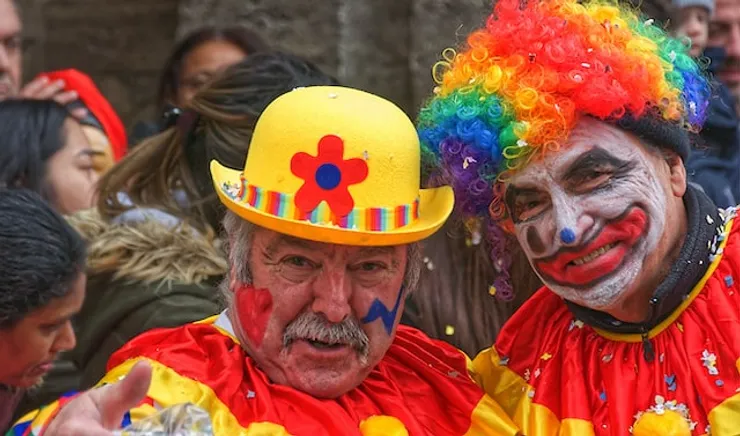
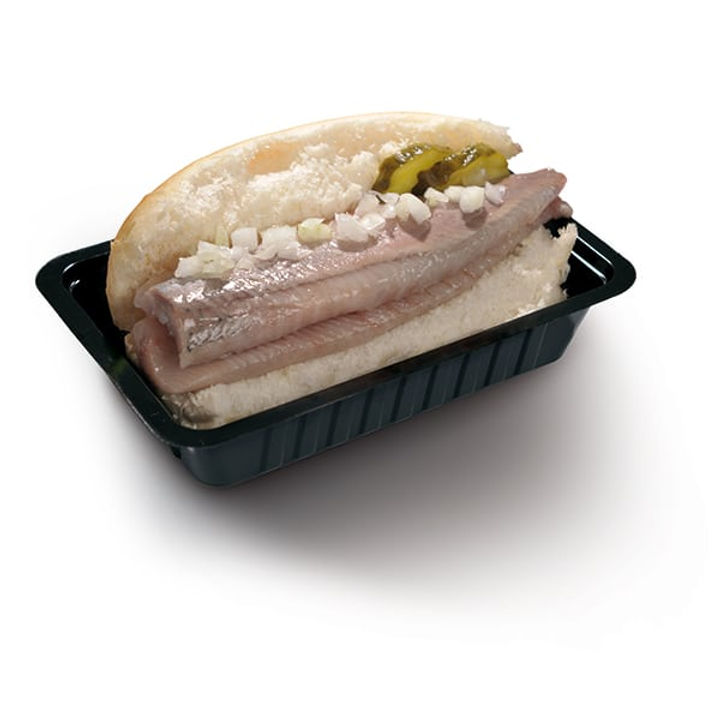


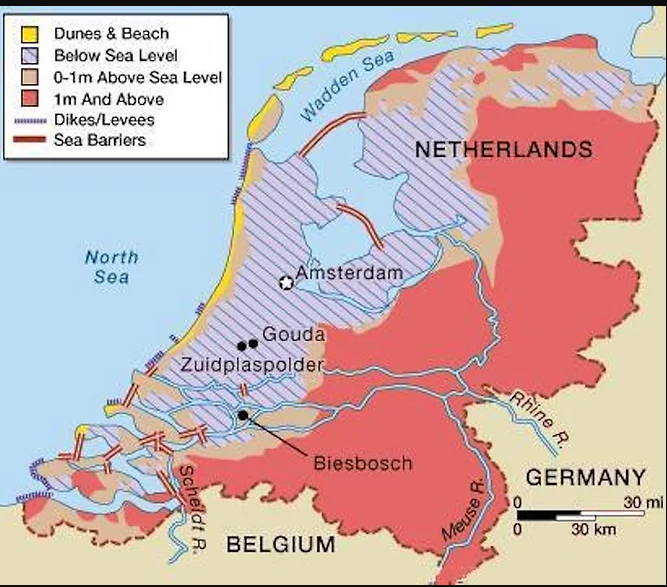

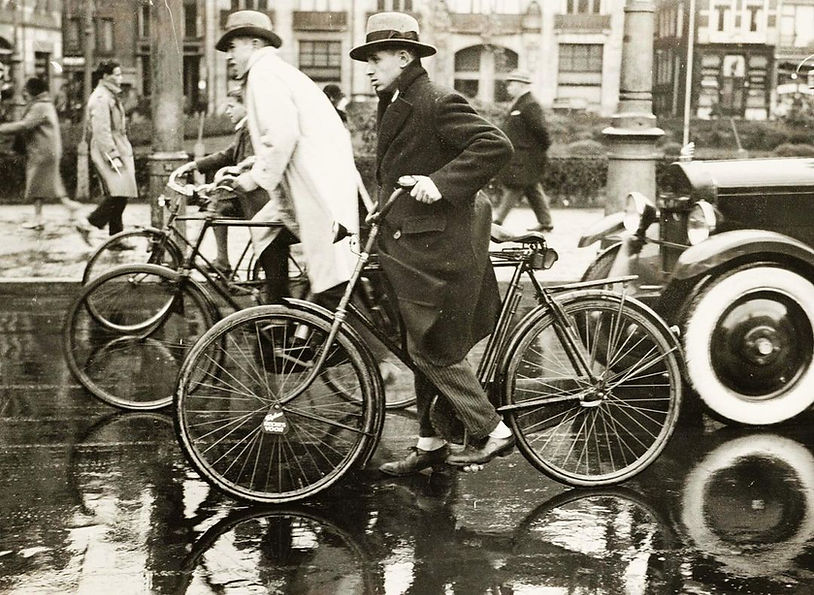
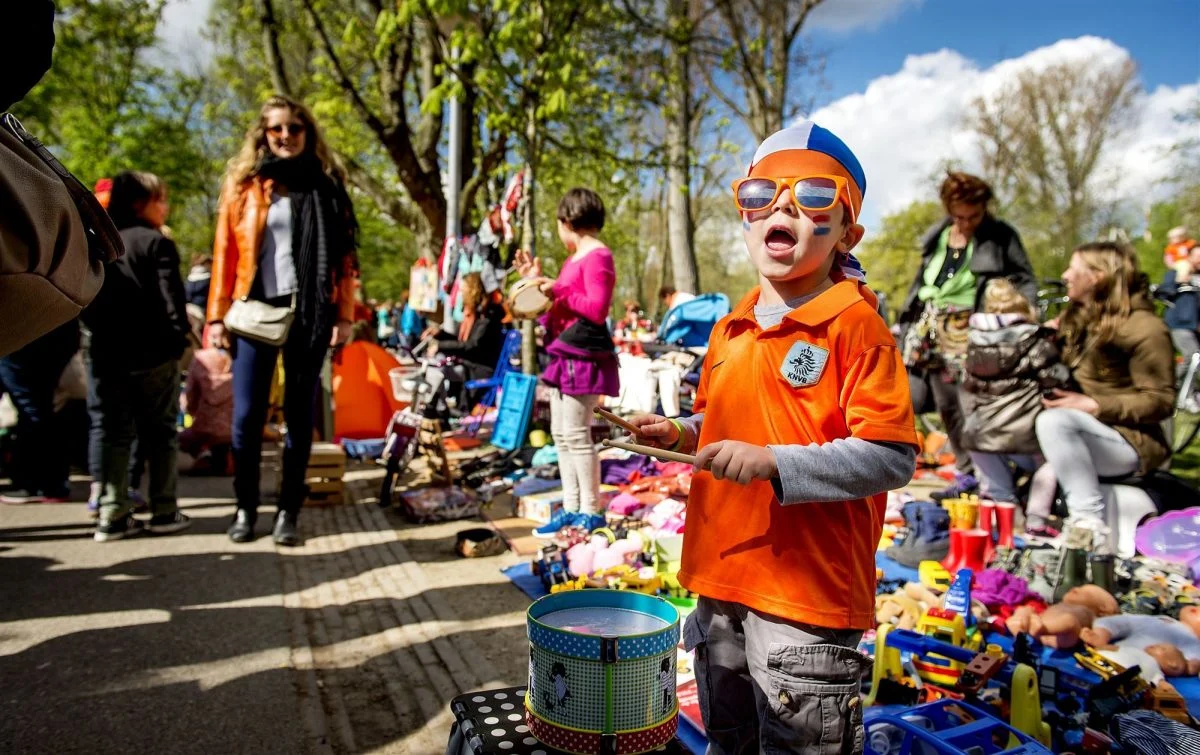
Comments
Hey There. I found your blog using msn. This is an extremely well written article. I’ll make sure to bookmark it and come back to read more of your useful information. Thanks for the post. I’ll definitely comeback.
Yay google is my world beater helped me to find this outstanding internet site! .